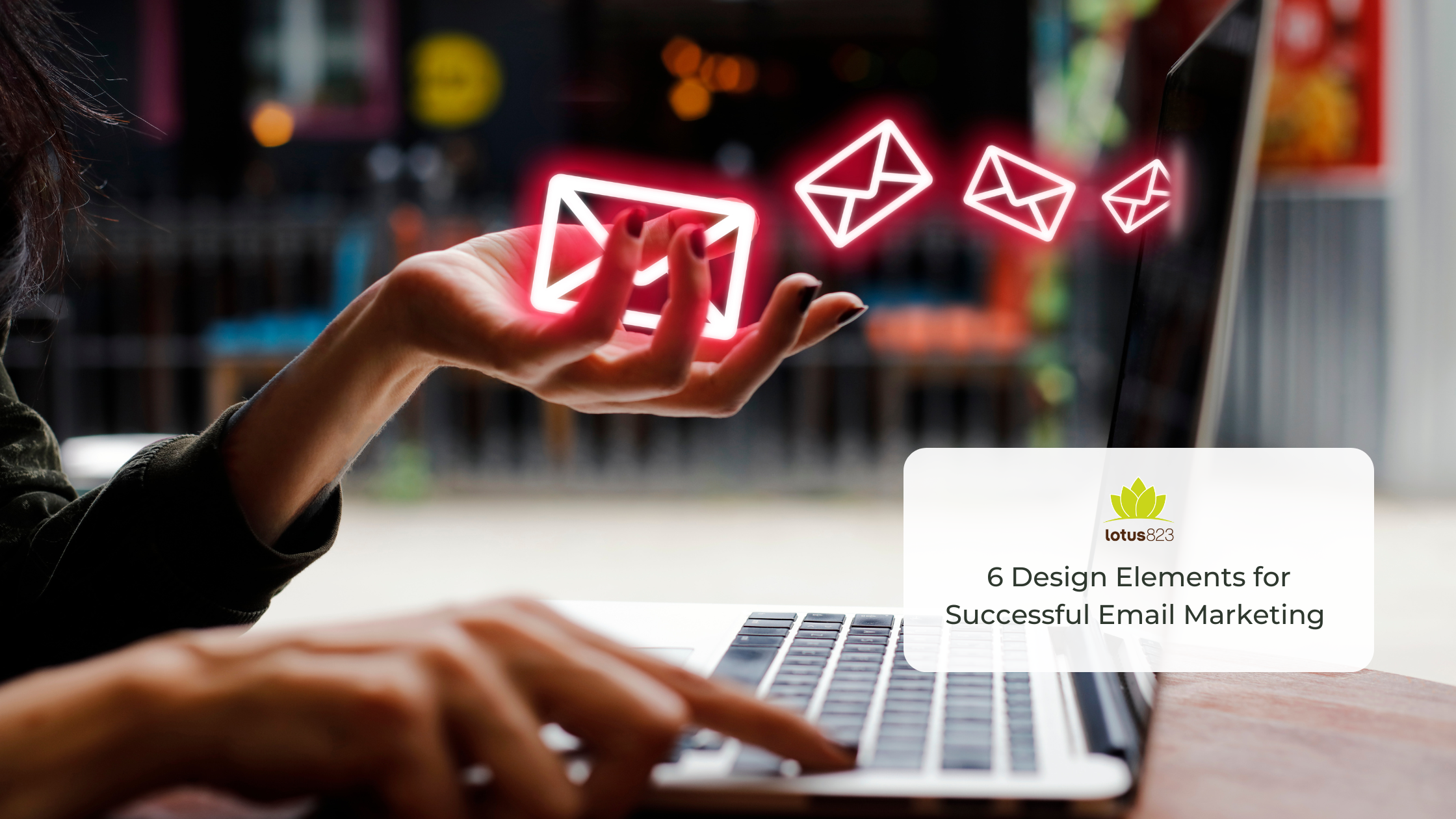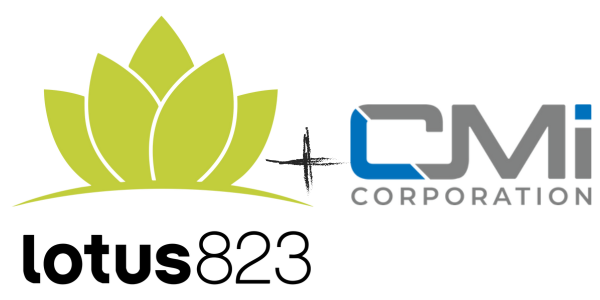
Email marketing is a great way to form and maintain connections, while also being an opportunity for your company to showcase clear branding. Design is another form of communication that can reinforce your brand’s message. Making intentional choices when creating email templates allows your external communication to share the most essential information while also being eye-catching for readers to want to learn more. Here are some best practices to follow when creating an email design!
Branding
Maintaining a consistent tone and visual representation of your company is extremely important, especially in external communications like emails! Existing branding can and should be a guideline to designing email layout, whether choosing what colors to use, making font selections, or placing the logo front and center within the email design. Maintaining a consistent look is key.
Formatting and Layout
When formatting elements within emails, it’s important to keep enough white space in the layout to avoid overwhelming the reader. Another important aspect to formatting is the placement of each element to ensure readability. The CTA (call-to-action) should be clearly visible and eye-catching, even when scanning the email. Using bold text or a colorful button can help achieve this and entice readers to click on it. Including an “unsubscribe” button that is easily visible allows your audience to opt out from receiving content without any hassle. While it may sound counterintuitive since you want readers to receive your emails, it is required by law to include an unsubscribe button within the email content, so making sure it is visible is critical.
Visual Elements
Incorporating on brand, eye catching elements like a GIF, a video, captivating images or other visual elements can break up the copy and make the email more engaging. Research has shown that including visual elements such as emojis in preview and subject lines of emails, making sure to keep meaning and connotation of emojis in mind. The heading of the email is another place where design can be creative, making color or image choices that grab readers’ attention to share the important information below.
Color
Color can be a great tool for highlighting certain elements or conveying emotion within the email design. In design, rules about color exist as a standard for creating “good” visual content. Designers will stick to 2-3 colors for best practice, but never exceed 5. If your company has an existing color palette, it is best to stick to the predetermined colors to solidify branding. When it comes to choosing colors, remember that colors have meanings and associations and how they are used can also communicate a message.
As a rule of thumb here are what colors can often convey:
- Green – peace
- Blue – trust
- Orange – energy
- Red – danger or attention
- Yellow – cheerfulness
- Brown – stability
- Pink – femininity
Typography
Type is another way to convey emotion and further communicate your message. Similar to color, there are also standards in design for using typography, meaning text should always be properly aligned and legible. Similar to color, it is best practice to commit to two typefaces that are chosen intentionally.
Thin, lighter, or rounder typefaces often convey lightheartedness or softness, while bold, capitalized, type can symbolize a more serious or urgent message. Keep decorative, display typeface for titles or headers that can be large and short, and use simple, more legible type for copy. The main goal is to make content readable and accessible, as reading copy that is too busy can be tiring.
Keeping Current Trends in Mind
When designing email content, keeping current trends in mind can be helpful to appealing to your readers. A popular trend in email design is minimalism. Clean and clear messages make your content easy to digest and up to date. Key components of minimalist design include lots of white space, well-defined on brand color palettes and simple composition, which can bring calmness to your readers while sorting through full inboxes.
While email copy is extremely important, creating a captivating design is just as crucial to making sure that message is heard and remembered. Contact us today to talk about creating the best email layout for your brand and to start your next campaign!








